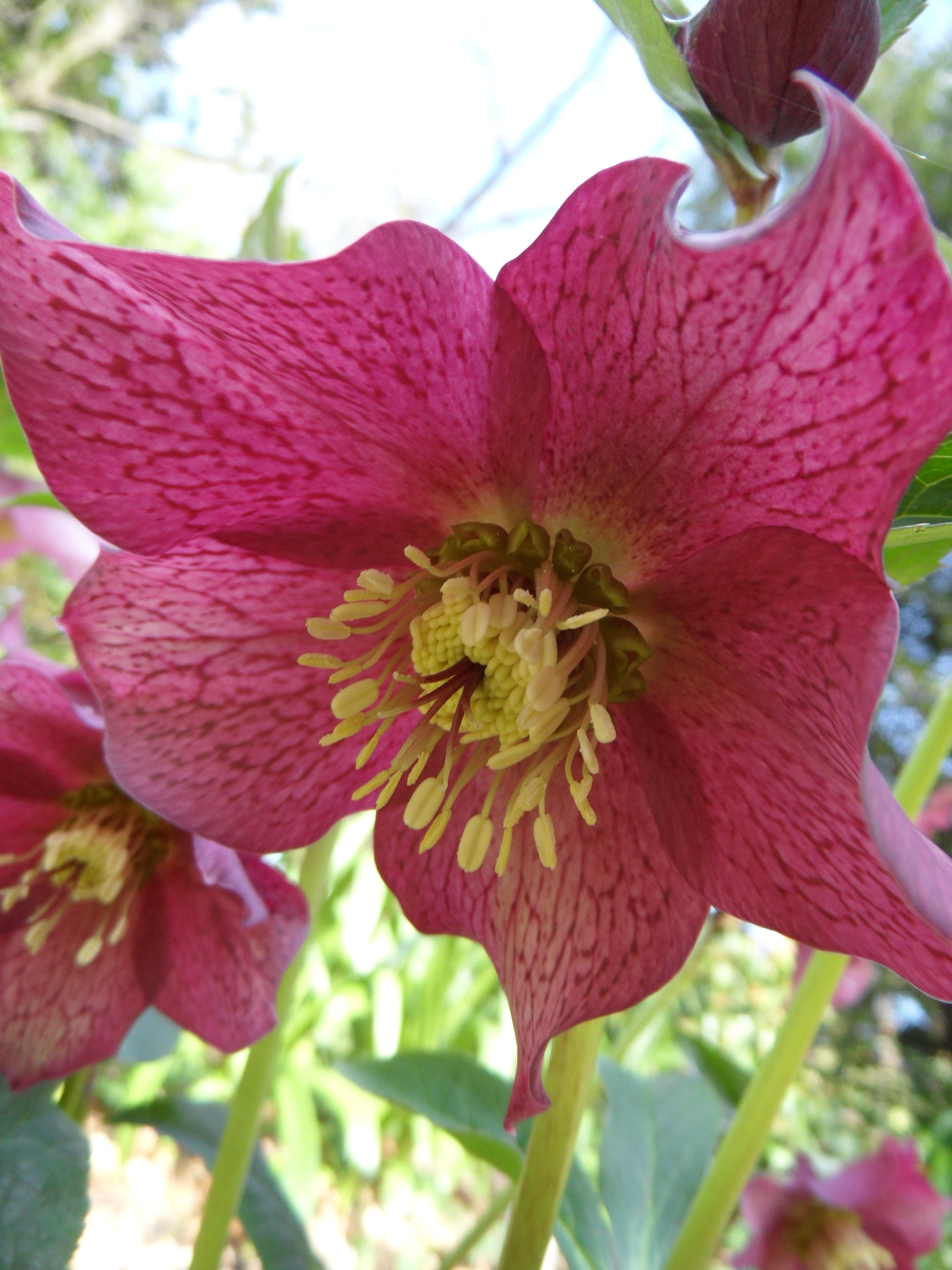
Evergreen perennial herb. Basal leaves remaining over winter, arching back (pedate) and generally with 5-11 leaflets. Flowers few in clusters, flat to cup-shaped about 5-7 cm wide, hanging or facing sideways, segments varying from almost pure white to variously speckled pinkish purple to dark purplish red, becoming greenish as flowers age; winter-spring. Carpels 3-7, free at the base and shortly stalked.
Turkey, Russia (Caucasus)
Extremely variable in leaflet number and the flower colour varying from almost pure white to deep reddish purple, often variously spotted. At one time each slight colour variant was given cultivar status and perpetuated clonally by division. Colour variants have been listed as species with clear geographic distributions but are now rarely recognised. Currently it is the pure white and strong dark purple flowers that are in demand.
Leaves and flowers on different stems (although there are leafy bracts below the flowers); basal leaves present; floral bract divided.
Source: (1997). Ranunculaceae. In: . Horticultural Flora of South-eastern Australia. Volume 2. Flowering plants. Dicotyledons. Part 1. The identification of garden and cultivated plants. University of New South Wales Press.
